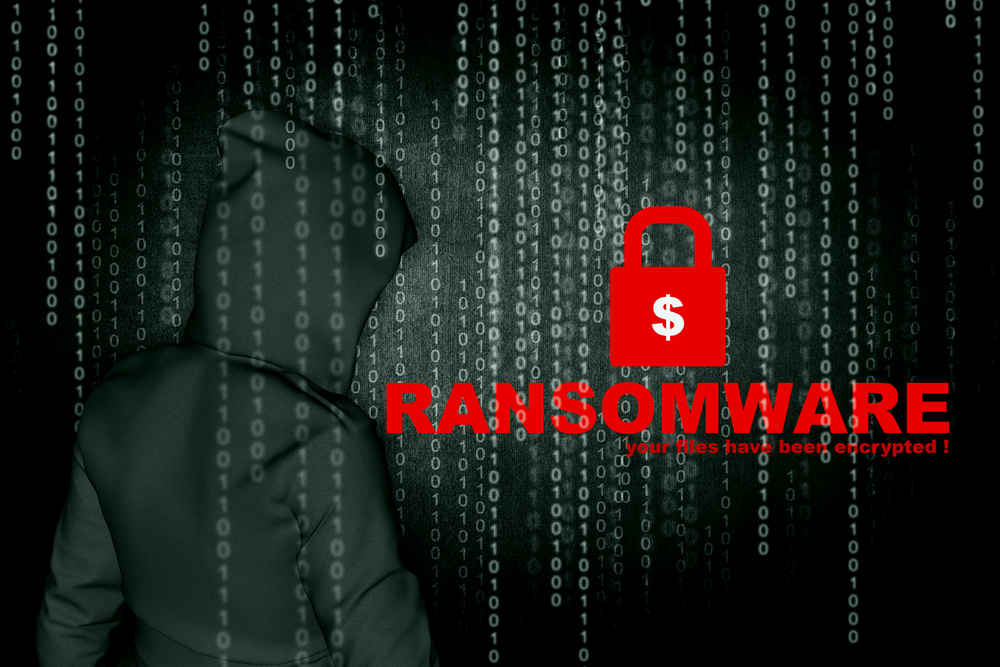
Threat actors move to smaller more persistent attacks
Threat actors are favoring smaller, persistent attacks under 100,000 requests per second according to a new report. This shift signals a growing dependence on automated, generative AI-enhanced attack tools, reflecting the democratization of DDoS capabilities among loosely coordinated threat actors and new actors entering the scene.
The report from Radware also shows web DDoS attacks rose 39 percent over the second half of 2024. The second quarter set a record with a 54 percent quarter-on-quarter spike.

Why effective exposure management is key to cybersecurity [Q&A]
Thanks to the rise of hybrid working and SaaS the traditional concept of ‘attack surface’ -- limited to hardware, software, and network infrastructure -- is dangerously outdated and no longer sufficient to ensure cybersecurity.
We spoke to Mike Riemer, senior vice president Network Security Group and field CISO at Ivanti, to find out how organizations need to adapt to keep their systems secure.

Insider threats are getting costlier and harder to detect
A recent study from IBM revealed that insider threats were the costliest data breaches of 2024, averaging $4.99 million per incident.
Andrius Buinovskis, cybersecurity expert at security platform NordLayer, says that as more companies adopt a browser-first approach, mitigating insider threats will become even more challenging because of the limited visibility security administrators have into employee activity taking place within the browser.

Growing complexity means legacy security systems miss one in every 14 threats
Traditional detection methods are being outpaced, with a 127 percent rise in malware complexity and one in 14 files initially deemed ‘safe’ by legacy systems proving to be malicious.
A new report from OPSWAT uncovers layered threats designed to evade analysis, including obfuscated loaders such as NetReactor and evasive behaviors missed by traditional tools. These results show that modern malware intends to confuse rather than flood defenses.

New agentic AI platform helps teams fix cloud security problems faster
Security teams are often hampered by having to identify and fix issues while weeding out false positives. This is an area where AI can help and Sysdig has launched a new agentic platform designed to analyze cloud environments end-to-end and uncover hidden business risk so organizations can remediate crucial threats fast and deliver measurable improvements in their security posture.
Sysdig Sage, the company’s AI cloud security analyst, ultimately understands context from the entire business and provides clear, contextual remediation recommendations, reducing an organization’s exposure time to critical vulnerabilities.

The rise of vishing and why enterprises need to be ready [Q&A]
Vishing (voice phishing) attacks have surged by over 1,600 percent so far this year, partly driven by a rise in AI-driven deepfake voice scams.
This is yet another way cybercriminals are seeking to impersonate those with access to company systems to disrupt organizations and hold data for ransom. We spoke to Anthony Cusimano, solutions director at Object First, to discover more about this trend and how businesses are at risk.

Cybersecurity budget growth hits a five-year low
Average security budget growth has slowed to just four percent year-on-year, the lowest rate in five years and a sharp decline from eight percent in 2024.
The slowdown comes in the face of continued global market volatility, driven by geopolitical tensions, uncertain tariff policies, and fluctuating inflation and interest rates, says a new report from IANS Research and Artico Search.

Cloud accounts come under attack as identity threats rise
The latest Threat Detection Report update from Red Canary shows a rise of almost 500 percent in detections associated with cloud accounts during the first half of 2025.
This significant rise stems primarily from Red Canary’s expanded identity detection coverage and the implementation of AI agents designed to identify unusual login patterns and suspicious user behaviors. This includes identifying logins from unusual devices, IP addresses, and virtual private networks (VPNs), which significantly increases the detection of risky behaviors.

75 percent of cybersecurity leaders don’t trust their own data
A disconnect between cybersecurity confidence and data reality is leaving organizations exposed, according to a new report released today by Axonius.
The study, based on a survey of 500 US director-level and above cybersecurity and IT leaders, reveals that while 90 percent of cybersecurity leaders say their organization is prepared to take immediate action on a vulnerability, only 25 percent trust all the data in their own security tools.

Attackers exploit old vulnerabilities as zero-day exploits surge
New analysis from Forescout of more than 23,000 vulnerabilities and 885 threat actors across 159 countries worldwide during the first half of 2025 finds 47 percent of newly exploited vulnerabilities were originally published before 2025, and zero-day exploitation has increased 46 percent.
The report also shows ransomware attacks are averaging 20 incidents per day, zero-day exploits increased 46 percent, and attackers are increasingly targeting non-traditional equipment, such as edge devices, IP cameras and BSD servers. These footholds are often used for lateral movement across IT, OT, and IoT environments, allowing threat actors to get deeper into networks and compromise critical systems.

Hackers weaponize GenAI to boost cyberattacks
Adversaries are weaponizing GenAI to scale operations and accelerate cyberattacks -- as well as increasingly targeting the autonomous AI agents reshaping enterprise operations. This is among the findings of CrowdStrike’s 2025 Threat Hunting Report.
The report reveals how threat actors are targeting tools used to build AI agents -- gaining access, stealing credentials, and deploying malware -- a clear sign that autonomous systems and machine identities have become a key part of the enterprise attack surface.

Concerns mount around UK Online Safety Act
As we reported earlier this week, the UK’s new Online Safety Act has seen a surge in interest in the use of VPNs and an online petition for its repeal has been signed by over 400,000 people.
An article published yesterday by The Critic argues that the legislation is badly drafted. Industry figures too are raising doubts about the effectiveness of the act, its likely wider impact on cybersecurity and its potential for overreach.

83 percent of credential stuffing campaigns target APIs
According to new research from Radware 83 percent of credential stuffing campaigns include explicit API-targeting techniques.
The report shows a shift in credential stuffing attacks, underscoring a fundamental transformation from volume-based attacks leveraging a series of repeated password attempts to more sophisticated, multi-stage infiltration techniques.

Attacks evolve too quickly for businesses to maintain truly resilient security
As organizations embrace digital transformation and AI, security teams face mounting pressure to defend an ever-expanding attack surface according to a new report.
The research from Cobalt suggests traditional reactive security measures cannot keep pace with modern threats, particularly when adversaries leverage automation and AI to scale their attacks. 60 percent of respondents believe attackers are evolving too quickly for them to maintain a truly resilient security posture.

Companies pay multiple ransoms as attackers step up threat levels
A new report from Semperis, based on a study of almost 1,500 organizations globally, shows that hackers are stepping up threat levels and ransomware is still a global epidemic.
In 40 percent of attacks threat actors threatened to physically harm executives at organizations that declined to pay a ransom demand. US-based companies experienced physical threats 46 percent of the time, while 44 percent of German firms experienced similar forms of intimidation.
